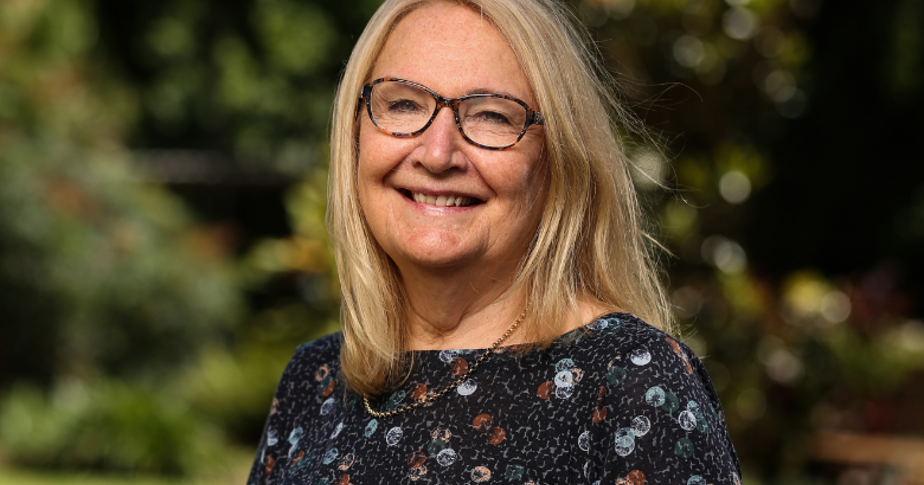
Every year in Australia almost 3,000 families experience the heartbreak of stillbirth or neonatal death. The death of a baby—either during pregnancy or soon after birth—has long-lasting social and emotional consequences for parents and families. Aboriginal and Torres Strait Islander families, some migrant and refugee communities, and women living in rural and remote settings sadly have over double the rates of these deaths. The quality of care that parents and families receive around the time that their baby dies is a major contributor to immediate and long-term well-being, including during subsequent pregnancies.
The Stillbirth Centre of Research Excellence (Stillbirth CRE), based at Mater Research and The University of Queensland, is committed to reducing Australia’s stillbirth rate and today launched the 2024 edition of the Care Around Stillbirth and Neonatal Death (CASaND) Clinical Practice Guideline. This guideline has been updated in partnership with Perinatal Society of Australia and New Zealand (PSANZ) and updates the previous edition that was released in 2020.
Stillbirth CRE Director and Mater Senior Research Fellow Professor Vicki Flenady AM said that the Stillbirth CRE team are proud to be launching this updated CASaND Guideline.
“The new guideline reflects the best evidence around how to care for families who experience this devastating loss,” Prof Flenady said.
“This includes NHMRC approved guidance and recommendations for frontline healthcare professionals including doctors, midwives and nurses on how to provide high-quality and best-practice care for parents and families around the time of a stillbirth or neonatal death.”
“We know almost 3,000 families endure this heartbreak every year, and while we continue our work to reduce those numbers, we must also ensure that every family living through this pain gets the best clinical and emotional support possible no matter where they live or their cultural background.”
In this edition of the guidelines, a greater focus has been placed on culturally appropriate care, perinatal palliative care, care in subsequent pregnancies for families who have experienced perinatal loss, and care for families experiencing a perinatal death following a termination of pregnancy.
Two parent versions of the clinical practice guideline, Guiding Conversations and Jiba Pepeny, have also been created to provide culturally appropriate, evidence-based information to parents navigating the death of their baby.
“High-quality, culturally sensitive care, at this time is critically important to parents’ healing journey. This care includes compassionate counselling about investigations, such as autopsy, to understand why” Prof Flenady said.
Australia’s National Stillbirth Action and Implementation Plan was launched in 2020 to help drive down rates of stillbirth. The new guideline builds on previous resources released by the Stillbirth CRE, including the Safer Baby Bundle modules which are key to supporting this goal. The Safer Baby Bundle has already been completed by 11,000 maternal healthcare professionals.
Learn more about the Stillbirth CRE.



